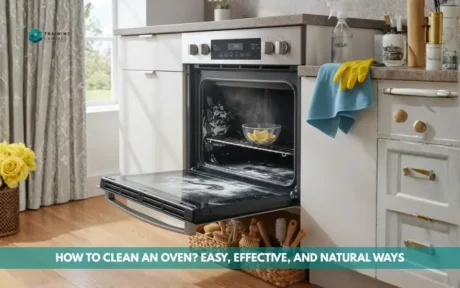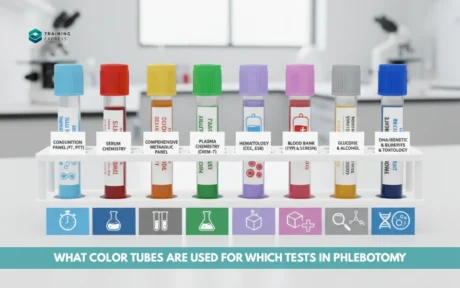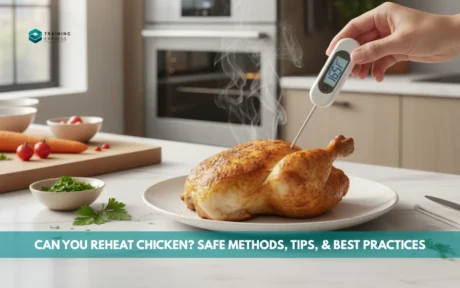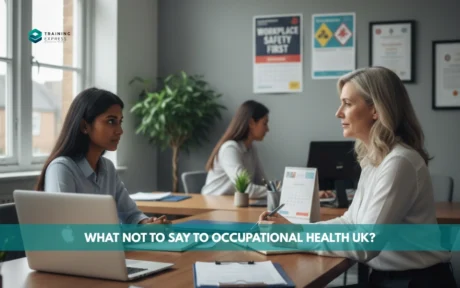
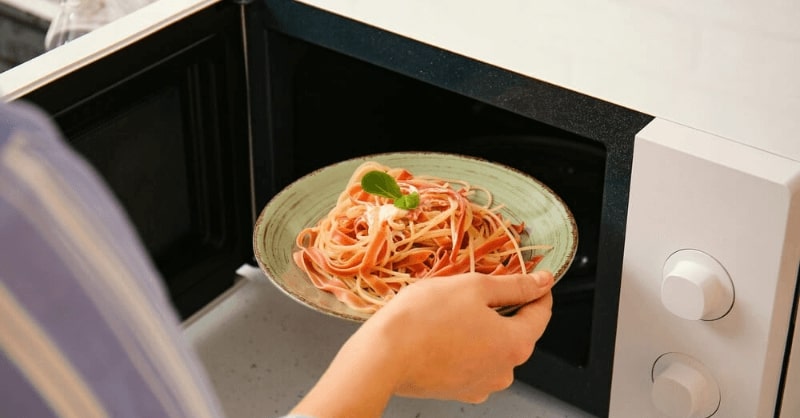
Food reheating is the process of heating previously cooked foods to eat them again. It helps to make food more palatable and easier to eat. You can reheat food in various ways, such as in a microwave, stove, or oven. Therefore, you need to know when and how you can reheat food. Nevertheless, you must follow food hygiene and safety guidelines when reheating food, as certain foods can become unsafe if not reheated correctly.
Table of Contents
When can you reheat the food?
It is generally safe to reheat food as long as it has been handled and stored properly. However, to ensure that the food is heated to a safe temperature to kill any potential bacteria or other pathogens that may be present. Avoid reheating foods left at room temperature for two hours or more, as these foods may have been in the “danger zone” (between 4 °C and 60 °C) for too long and may have developed harmful bacteria.
It also must be noted that some foods may not be suitable for reheating because they may become tough, lose their texture, or produce toxins when reheated. These foods include potatoes, rice, and chicken.
Can you reheat food whenever you like? Yes, as long as doing it follows Food Hygiene and Safety guidelines. Generally, it is best to reheat food until it is steaming hot throughout. Also, it is important to cook food thoroughly while reheating if any raw food touches cooked food.
How to keep food safe, even when reheating?
There are several steps to keep food safe to eat when reheating:
1. Use food thermometer
To ensure that the food has reached a safe internal temperature, check the temperature of the reheated food using a thermometer. The temperature should be at least 165 °F (74 °C) for meat, poultry, and seafood and 140 °F (60 °C) for leftovers.
2. Avoid reheating certain foods.
Some foods are unsafe to reheat, even if cooked to the proper temperature. These include foods stored at room temperature for an extended period, such as cooked rice and pasta.
3. Reheat in small portions
It is safer to reheat small portions of food, as they will heat more evenly and quickly. In addition, this process helps to reduce the risk of bacterial growth.
4. Reheat thoroughly
Make sure to heat the food until it is hot all the way through. If the food is not heated thoroughly, it can be a breeding ground for bacteria.
5. Store leftovers properly
Proper storage of leftovers can help prevent bacterial growth. Foods should be stored in the refrigerator within two hours of cooking and covered in order to avoid contamination.
Are you going to live alone soon, or have you already begun to live independently and don’t know anything about food hygiene and safety?
Or do you want to understand the fundamentals of microbiology and food hazard control?
This course is for you!
This Food Hygiene and Safety Course will help you:
- Know the fundamentals of microbiology and food hazard control
- Learn about temperature control and how to check, verify and record temperature
- To avoid both bacteria and non-bacterial food poisoning and various food-borne illnesses.
- The best ways to preserve food and prevent food spoilage
- Learn to implement and maintain a solid food safety management system in the workplace
The general guidance for reheating food
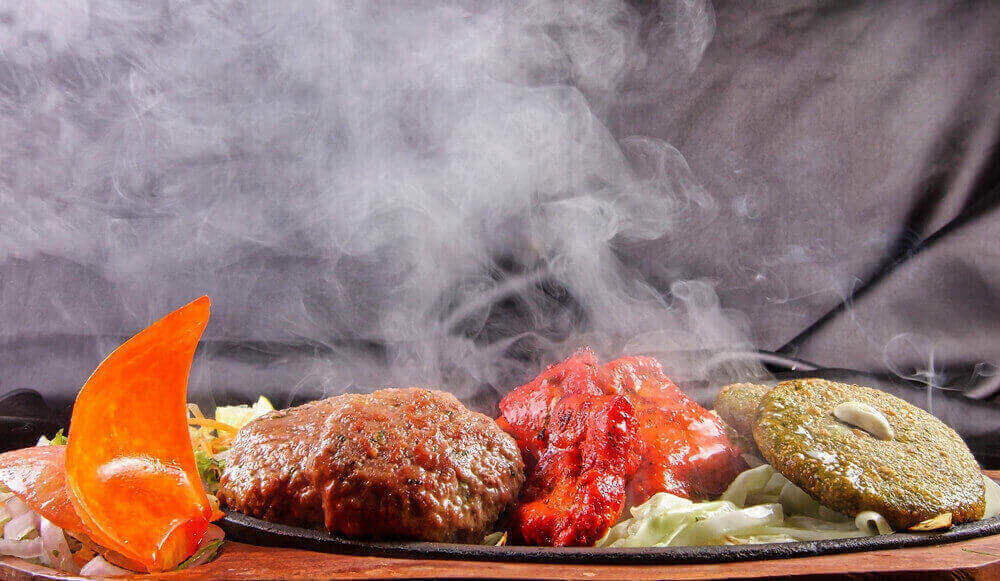
Here are some general guidelines for reheating food:
What temperature should you reheat food?
It is important to reheat food to a safe internal temperature to reduce the risk of food poisoning. The United States Department of Agriculture (USDA) recommends reheating cooked food to an internal temperature of at least 165 °F (74 °C) to kill any harmful bacteria that may be present. To ensure that the food has reached this temperature, you can use a food thermometer to check the internal temperature of the food.
How many times can you reheat food?
There is no specific limit on the number of times you can reheat food. However, it is generally best to minimise the number of times you reheat food to reduce the risk of food poisoning. Because each time you reheat food, there is a chance that harmful bacteria could grow, especially if the food not reheats to a safe internal temperature.
Eating leftovers within 3–4 days of cooking is generally recommended to minimise the risk of food poisoning.
What happens if you don’t reheat food?
If you don’t reheat food, it can be consumed cold or at room temperature, depending on the type of food. Some foods, such as sandwiches, salads, and cold cuts, are meant to be eaten cold and do not need to be reheated. Other foods, such as meat, poultry, and casseroles, are generally safer if reheated to a temperature of at least 165 °F (74 °C).
Not reheating food to a safe internal temperature can increase the risk of food poisoning. In addition, harmful bacteria, such as Salmonella, E. coli, and Listeria, can grow on foods if not properly cooked or stored. These bacteria can cause serious illness, especially in vulnerable populations such as young children, pregnant women, and older adults.
It is important to follow food hygiene and safe handling practices, including reheating food to a safe temperature, to reduce the risk of food poisoning. If you are unaware of which food you can reheat and which you can not, it is best to be cautious and reheat it to a safe temperature.
When is it risky to reheat?
There are certain situations in which it may be risky to reheat food. Here are some examples:
When the food is left at room temperature for more than 2 hours
Bacteria can grow rapidly on perishable foods left at room temperature for an extended period. Therefore, it recommends discarding foods left at room temperature for 2 hours or more to reduce the risk of food poisoning.
Contaminated food
It may be contaminated if the food has come in contact with raw meat or other potentially hazardous substances.
If the food has an unusual smell or appearance
If the food looks or smells off, it may have spoiled.
The food that has been frozen and thawed multiple times
When food is frozen and thawed multiple times, it can compromise the quality and safety of the food. Therefore, recommends discarding food that is frozen and thawed multiple times.
In general, minimising the number of times, you reheat food is best to reduce the risk of food poisoning. However, if you are unsure whether it is safe to reheat a particular food, it is best to discard it to reduce the risk of food poisoning.
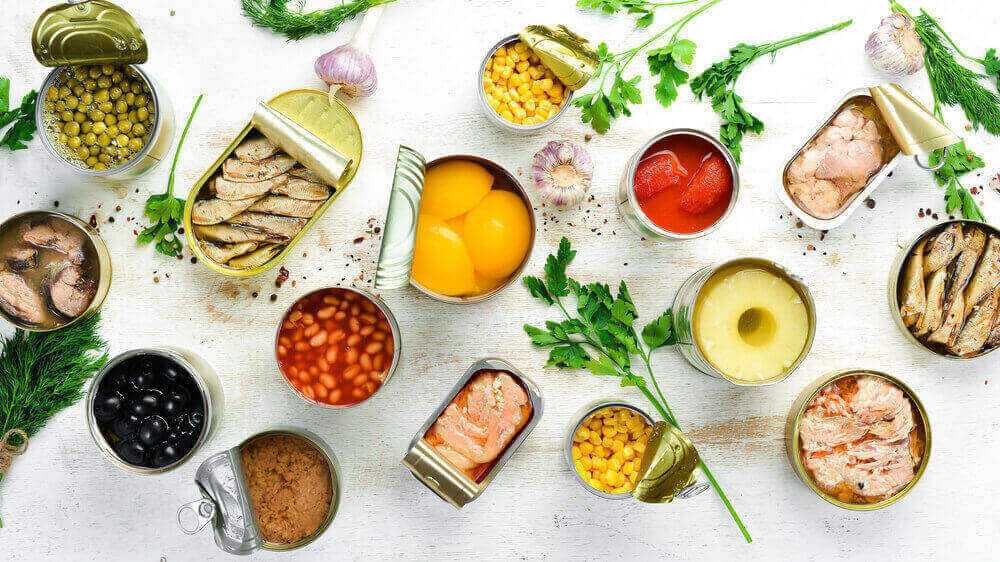
Generally, it is safe to reheat most cooked foods as long as they have been handled and stored properly. However, some foods may taste less good when reheated, and some may not be as safe after being reheated multiple times. For example, reheated chicken or turkey stored in the refrigerator for more than a day or two may be dry or tough, and reheated eggs may become rubbery or overcooked. Additionally, it is important to reheat foods to a safe internal temperature to kill any bacteria that may be present.
Here is a list of common foods and whether or not you can reheat them:
Can you reheat the rice?
Yes, you can reheat rice. However, it would be best if you discarded leftover rice to reduce the risk of food poisoning. When rice is cooked and left at room temperature, bacteria can grow on it rapidly. Therefore, reheating rice may not kill all the bacteria present, and there is a risk that you could get food poisoning if you eat the rice.
If you want to reheat rice, it is important to handle it properly to minimise the risk of food poisoning.
How long should I microwave rice?
It is generally not recommended to microwave rice to reheat it, as microwaves may not heat high enough temperature to kill harmful bacteria. However, if you do want to microwave rice, it is important to handle it properly to minimise the risk of food poisoning.
Heat the rice on high power for 1–2 minutes or until it is heated to at least 165 °F (74 °C), as measured with a food thermometer.
How to stir-fry leftover cooked rice and rice dishes?
Stir-frying leftover cooked rice and rice dishes are a quick and easy way to use leftovers and create a new meal. Here are some tips for stir-frying leftover cooked rice:
- Start with cold, cooked rice: It is best to use it when stir-frying, as it will be less sticky and easier to work. If the rice is hot or warm, it is more likely to stick together and become mushy.
- Use a non-stick pan or wok: A non-stick pan or wok will help prevent sticking rice to the bottom of the pan.
- Add oil to the pan: Add a small amount of oil, such as vegetable or peanut oil, to the pan. It prevents the rice from sticking to the pan and gives it a nice, crispy texture.
- Stir-fry the rice over medium-high heat: Heat the pan or wok over medium-high heat and add the rice to the pan. Stir-fry the rice for 2–3 minutes or until it is heated.
- Add additional ingredients: Once the rice is heated, add additional ingredients, such as vegetables, meat, or seafood. Stir-fry the ingredients together until fully cooked.
- Serve the stir-fry: Once the ingredients are fully cooked, remove the pan and serve the stir-fry immediately.
Following these guidelines, you can stir-fry leftover cooked rice and rice dishes to create a new and delicious meal.
How to steam leftover rice and rice dishes?
Different methods you can use to steam leftover rice or rice dishes:
- In a pot: Place the leftover rice or rice dish in a pot with a tight-fitting lid. Add a small amount of water (just enough to create steam) to the pot and heat over medium-high heat until the water starts to boil. Reduce heat to low and let the rice steam for a few minutes until it is heated.
- In a microwave: Place the leftover rice or rice dish in a microwave-safe dish with a lid or cover it with microwave-safe plastic wrap. Add a small amount of water (just enough to create steam) to the dish. Heat the rice in the microwave on high power for a few minutes until it is heated.
- On the stovetop: Place the leftover rice or rice dish in a heat-resistant dish that fits inside a pot or saucepan with a tight-fitting lid. Add a small amount of water (just enough to create steam) to the pot or saucepan, and place the dish with the rice on a wire rack or steaming basket inside the pot. Cover the pot and heat over medium-high heat until the water starts to boil. Put the heat to low and let the rice steam for a few minutes until it is heated.
Whatever method you choose, stir the rice occasionally while it is steaming to ensure that it heats evenly. You may also need to adjust the cooking time depending on the amount of rice you are heating and your preferred level of doneness.
Can you reheat the chicken?
Yes, you can reheat the chicken.
Can you reheat the prawns?
Yes, you can reheat prawns.
Can you reheat the pasta?
Yes, you can reheat pasta.
Can you reheat the salmon?
Yes, you can reheat salmon.
Can you reheat sausages?
Yes, you can reheat sausages.
Can you reheat an omelette?
Yes, you can reheat the omelette.
Can you reheat the meat?
Yes, you can reheat meat like beef and lamb.
Can you reheat the fish?
Yes, you can reheat fish.
Can you reheat the eggs?
Yes, you can reheat eggs.
Can you reheat the soup?
Yes, you can reheat the soup.
Can you reheat the turkey?
Yes, you can reheat turkey.
Can you reheat jacket potatoes?
Yes, you can reheat potatoes.
Can you reheat couscous?
Yes, you can reheat couscous.
Can you reheat the chips?
Yes, you can reheat chips.
Can you reheat spinach?
Yes, you can reheat spinach.
Can you reheat beetroot?
Yes, you can reheat beetroot.
Can you reheat baked beans?
Yes, you can reheat baked beans.
7 golden rules of reheating food
Here are seven rules for safely reheating food:
1. Check the food for signs of spoilage. Reheat only foods that are in good condition and stored properly. Should discard foods with an off smell, taste, or appearance.
2. Reheat foods to a safe internal temperature. Use a food thermometer to ensure the food reaches a safe internal temperature. The safe internal temperature for most cooked meats, such as chicken, turkey, beef, and lamb, is 165 °F (74 °C). The safe internal temperature for most cooked seafood, such as fish and shellfish, is 145 °F (63 °C).
3. Use a microwave or stovetop to reheat foods. These methods allow you to heat the food evenly and quickly, reducing the risk of bacterial growth. Avoid reheating foods in a toaster oven or air fryer, as these methods may not heat the food evenly and can lead to undercooking or burnt edges.
4. Divide large portions of food into smaller, shallow containers for faster, more even reheating.
5. Cover foods while reheating to retain moisture and prevent drying out.
6. Stir and rotate the food frequently while reheating to ensure even heating.
7. Avoid reheating foods more than once. Multiple reheating can increase the risk of bacterial growth and may result in a loss of quality.
By following these guidelines, you can ensure that your reheated foods are safe to eat and maintain their quality.
6 Methods of Reheating Food
Several methods you can use to reheat food, including:
1. Stovetop
Use a pan or pot to reheat food on the stovetop. It is a good method for reheating foods prone to drying, such as meats and casseroles.
2. Microwave
The microwave is a convenient and quick way to reheat food. However, it can sometimes result in uneven heating, so be sure to stir the food frequently while it is reheating.
3. Oven
Use the oven to reheat large portions of food or dishes that need heat evenly. This method can take longer than other methods, but it is a good option for dishes that need heat for a longer period, such as roasts or casseroles.
4. Grill
Use a grill to reheat grilled foods, such as burgers or steaks. This method can add a crispy exterior to the food.
5. Slow cooker
Use a slow cooker to gently reheat foods prone to drying, such as soups, stews, and roasts.
6. Steamer
Use a steamer to reheat foods prone to becoming soggy, such as rice and vegetables.
No matter which method you choose, follow food safety guidelines for reheating foods to ensure they are safe to eat.
Reheating Meat
- You can use a food thermometer to ensure that the meat has reached a safe internal temperature (165 °F/74 °C for most meats).
- Reheat meats in a pan or pot on the stovetop, oven, or grill.
- Avoid reheating meats in the microwave, which can result in uneven heating.
Reheating Dairy
- Reheat dairy products, such as milk and cheese, in a pan on the stovetop or microwave.
- Avoid overheating dairy products, as they can curdle or become grainy when overheated.
Reheating Vegetables
- Reheat vegetables in a pan on the stovetop or in the microwave.
- Avoid overheating vegetables, as they can become mushy when overcooked.
Reheating Starchy Foods
- Reheat starchy foods, such as pasta and rice, in a pan on the stovetop or microwave.
- Add a small amount of water and broth to the pan or microwave-safe dish to help prevent the starchy foods from drying.
- Avoid overheating starchy foods, as they can become gummy or sticky when overcooked.
No matter which type of food you are reheating, follow food safety guidelines to ensure that the food is reheated to a safe internal temperature and handled properly to prevent the risk of bacterial growth.
Reheating leftovers
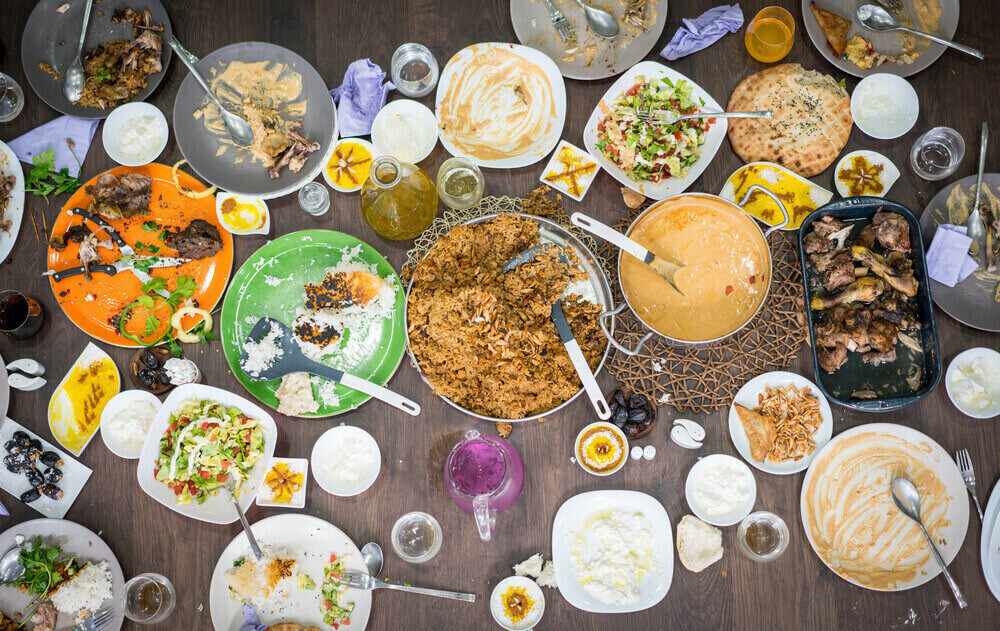
Here are some general tips for reheating leftovers
Cool thoroughly
Before storing leftovers, allow the food to cool to room temperature. It will help prevent the growth of bacteria and ensure that the food is safe to store.
Store food properly
Place leftovers in airtight containers and store them in the refrigerator or freezer. Follow recommended storage times for specific types of food to prevent spoilage. For example, most cooked meats and casseroles should be stored in the refrigerator for no more than 3–4 days, while most cooked grains, such as rice and pasta, can be stored in the fridge for up to a week. Use foods stored in the freezer for the best quality within 2–6 months.
Reheat leftovers
- Place the food in a pan or pot on the stovetop, microwave, or oven.
- You can use a food thermometer to ensure that the food has reached a safe internal temperature (165 °F/74 °C for most meats, 145 °F/63 °C for most seafood).
- Avoid reheating leftovers more than once, as multiple reheating can increase the risk of bacterial growth.
- Available Courses
- Animal care10
- Design28
- Training9
- Accounting & Finance Primary49
- Teaching & Academics Primary37
- Teaching23
- Quality Licence Scheme Endorsed171
- Law10
- IT & Software229
- Job Ready Programme52
- Charity & Non-Profit Courses28
- HR & Leadership4
- Administration & Office Skills4
- Mandatory Training36
- Regulated Courses4
- AI & Data Literacy24
- Health and Social Care290
- Personal Development1622
- Food Hygiene117
- Safeguarding80
- Employability287
- First Aid73
- Business Skills293
- Management425
- Child Psychology40
- Health and Safety531
- Hospitality28
- Electronics31
- Construction62
- Career Bundles201
- Marketing39
- Healthcare172

 Food Hygiene
Food Hygiene Health & Safety
Health & Safety Safeguarding
Safeguarding First Aid
First Aid Business Skills
Business Skills Personal Development
Personal Development
